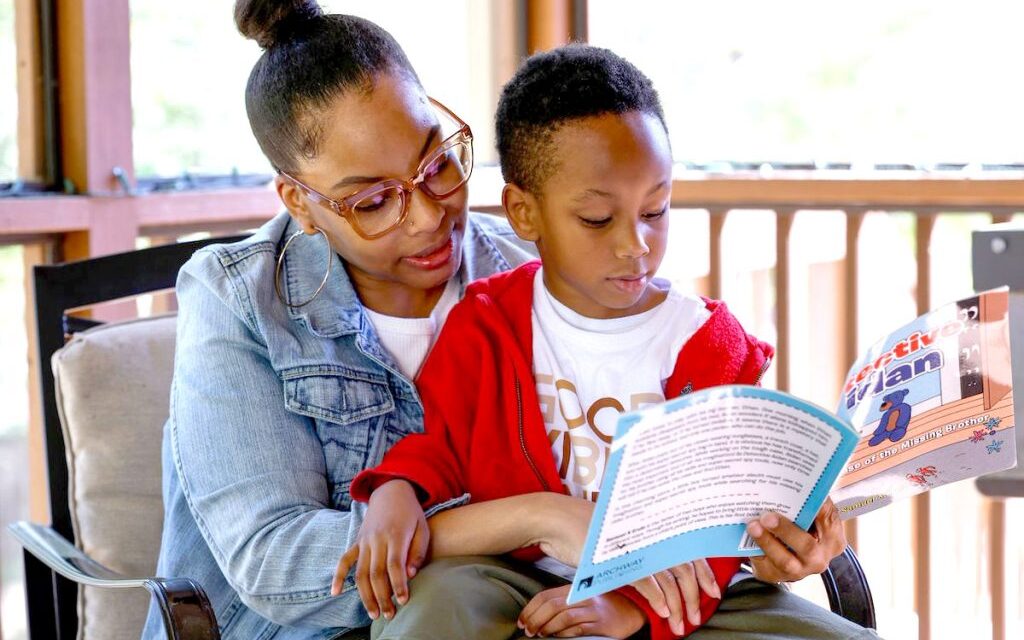By Alaina Bookman
Just a fraction of Alabama families eligible for discounts to child care expenses actually get them.
Across the state, 102,820 children, ages 5 and under, from lower-income families are eligible for subsidized child care through the Child Care and Development Block Grant, but only 24% are actually served, according to new research from the First Five Years Fund.
Amanda Guarino, the managing director of policy and national partnerships of First Five Years Fund, a child care advocacy group that works with federal lawmakers to help make child care more affordable and accessible, said the Child Care and Development Block Grant is critical, especially for low income families. She is advocating for a higher level of funding from Congress.
“We work with the administration and Congress to try to educate them on the best courses of action for kids and families,” Guarino said. “Everything we do is in service to educating Congress about the importance of early learning programs.”
In 2022, almost 85,000 Alabama families needed access to child care but had no affordable, quality options in their communities, according to the Women’s Foundation of Alabama. Legislators and advocates continue to work toward possible solutions.
Researchers found that only 24,282 eligible Alabama children, ages 5 and under, are being served through the country’s primary federal grant program allowing states to provide child care assistance to low-income working families.
A lower-income working family of three would pay $72 – $156 per month for center-based infant care with support from the grant, compared to $440 – $908 per month, the price range a family that does not receive subsidies could pay, according to First Five Years Fund.
For some, that can mean the difference in affording rent, or gas or staying in the workforce.
“It’s so important, because we all know that the cost of care is so high right now, and it’s just hard to find as well, so it’s a lifeline for so many working parents,” Guarino said.
“It’s also wonderful because we know that parents need the support in finding and paying for care so that they can work or attend school and progress in their lives. For some, it’s really the only outlet that families have.”
How the grant works and how you can apply
The Child Care and Development Block Grant is the largest federal funding grant that is dedicated to providing assistance to mostly lower income families.
The grant is a pool of money divided up by the federal government at the Administration for Children and Families into block grants that go to every state, territory and tribal organization to offset the cost of care for low income families.
Families can apply for the subsidy through their state’s Department of Human Resources by providing proof of income. In Alabama, a family of three is eligible if they make $3,258 or less per month, with a cap at $39,096 per year. If there’s availability, which is currently limited in Alabama, the family is accepted into the program.
The subsidies can take one of two forms.
In Alabama participating child care providers, who choose to opt in, are paid directly from the state. There are 1,838 child care providers accepting Child Care and Development Block Grant subsidies in Alabama.
A family can also receive a voucher from the state and take that to any participating provider as payment for their monthly child care. The provider would then take the voucher and cash it in with the state to get reimbursed for those child care costs.
A House subcommittee, led by Representative Robert Aderholt, R-AL, will soon be making decisions about the 2025 funding for the block grant.
Under the current funding levels, the subsidies only reach a fraction of the families who may need it.
“It could be helping so many more if it was funded to the level of the need that exists,” Guarino said. “It helps kids get the care they need in safe, supportive environments and families go to work. It helps our economy. When employers have a reliable workforce, it benefits society as a whole.”











